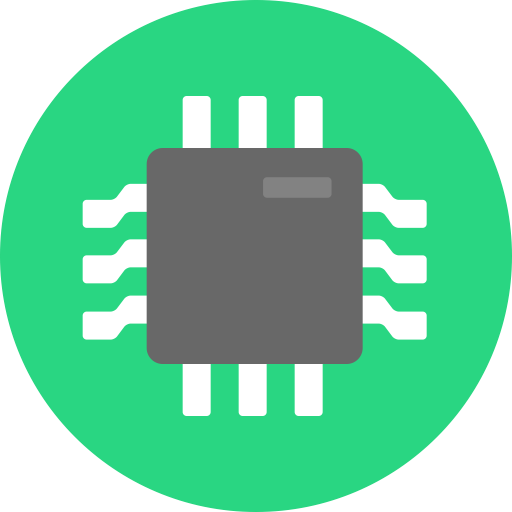

Probably because “installing unsigned code from an unknown source” is a mouthful. Installing implicitly means “from within the walled garden” on these devices.


Probably because “installing unsigned code from an unknown source” is a mouthful. Installing implicitly means “from within the walled garden” on these devices.


Thank you, I was wondering about the voice synthesis and if it was part of the AI model they used.


It’s true. Pragmatically speaking if you don’t have access to the server software you can’t play it if the servers go down, and besides reverse engineering or the goodwill of the developers I’m not aware of any games with online components that continue to be playable after their servers are taken down.


I don’t call sudo a rootkit, do you?


Just let people vote to kick
This system is easy to abuse, and historically when implemented will be abused.


I just want to say that the term ‘rootkit’ has been twisted out of shape when referring to anti-cheat. Rootkits are malicious. Software using low level privileges that require the user’s consent to a EULA, and which is designed to be uninstallable by the user I would not consider a rootkit, just invasive.


They don’t use trackers, they are not targeted and they respect your privacy.
In that case it won’t matter to anyone that I skipped them.


Apple says the M3 is 50% more efficient than the M1, and since it’s on a 3nm process it’s likely at least competitive, and probably more efficient than the Snapdragon at 4nm.


This is mentioned in the article:
The critical thing to remember during all these benchmarks is that Qualcomm matches or beats the competition (as of today) at all these CPU and GPU tests, but at less power than the others, sometimes up to 70% less power than Apple or Intel.
Even against the M2 Max from Apple, which will beat the Snapdragon X Elite on most benchmarks (except single-thread), the Snapdragon X Elite still consumes 30% less power when matching Apple’s single-threaded peak performance.
Looks like a 30% efficiency improvement, although the article doesn’t detail the performance against M2 besides in writing. We’ll have to wait for more benchmarks.
On the more familiar and widely used Geekbench 6, both configurations easily beat Razer’s Blade 14 (2023) powered by the AMD R9 7940HS. The MacBook Pro 13” with M2 processor came last (compared to our best gaming laptops) with 2,658 single-thread and 10,088 multi-thread. By comparison, Qualcomm pulled off 2,940 ST, 15,130 MT, 2,780 ST, and 14,000 MT at its lower TDP configuration.
Cinebench 2024, which replaces Cinebench R23, hasn’t been used a lot by us yet as it’s brand new, but the new version, which is compiled to run ARM natively, still shows the Snapdragon X Elite way ahead of the competition with 132 ST and 1,220 MT for Config A. The MacBook Pro with M2 could only muster 121 ST and 572 MT and was still easily beaten by the Config B model with 122 ST and 950 MT.


I wonder if this’ll also affect Tinnitus?


Were the hackers before not highly skilled? Moderately skilled hackers, perhaps?


How long will it work before bacteria develop resistances to it?


This is unfortunately a lot less impressive than it looks, since it’s wheeled and not bipedal.


I don’t have an iPhone and don’t really know what goes on inside of them, but on my 2018ish Android phone battery passthrough / battery idle isn’t supported because it lacks the required hardware to do it (take a look at Advanced Charging Controller if you’re interested in this for your Android phone). Old iPhones may not have that circuitry either.


Someone at Mediatek thought so too, they have the Dimensity 9000.


The CCP certainly tried to remove as much of it as they could in the Cultural Revolution, burning books, destroying cultural relics, and prosecuting intellectuals.


If I could only get everyone who works on the thing I work on to use a whitespace visualizer, it would be enough. We can fight about tabs or spaces after we get rid of all the unnecessary trailing ones.
The way I see it, that number is a baseline figure for what their services would be offered for in exchange. If someone came up to me and said “here, I’ll give you $53 and in exchange you’ll let me surveil you for a year” I’d say no, but maybe someone else would’ve said yes. Then, as an experiment, maybe we can let the market take it from there, now that there’s a price and some form of discovery mechanism.